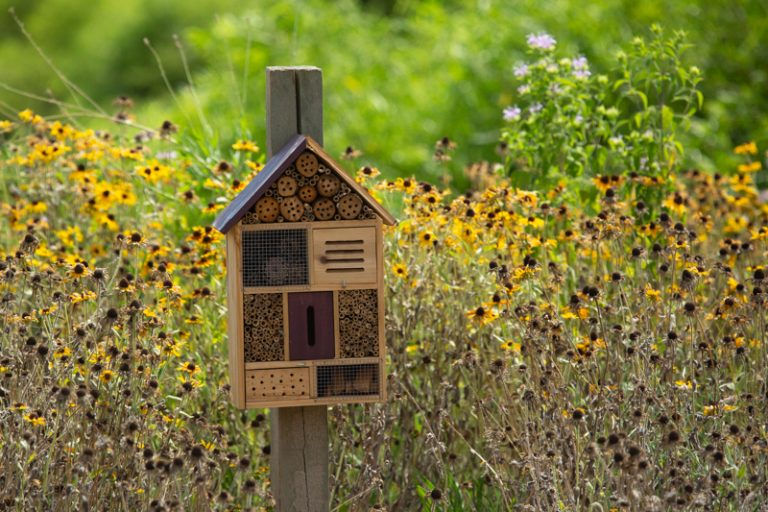What Can 50,000,000 Wildflower Seeds Do for the Environment?
- David Burrows

- Apr 26, 2024
- 3 min read
Arkearth JUST sent a total of fifty million wildflower seeds for free! Yay! And we owe you a BIG thank you for helping us achieve that! Thanks to our for-profit partnership with organic, self-care brand, Hivessence, we've been able to send small seed packets of various blended wildflower seeds to ALL 50 states! But what can 50,000,000 seeds do for our environment? Let's find out what a difference we all have made so far!
Carbon (C02) Removal and Sequestration

We all know that plants use carbon dioxide for growth and give us in return, oxygen. Did you know that plants help move C02 downward through their root systems into the soil? If all of our distributed wildflower seeds were planted, grew, and bloomed, they would cover 3 to 5 acres of land. That in turn, would remove over 14 tons of C02 from our atmosphere! That means less greenhouse gasses to raise temperatures and healthier plant life!
In fact, ONE ACRE of wildflower and grasslands can absorb more C02 than SIX ACRES of forests! (we still need to plant trees however, more on that later!)
Feeding and Protecting Hundreds of Pollinating Species

Our core mission is protecting and saving bees, butterflies, bats, and other pollinators and the easiest way to do that is planting native wildflowers and flowering grasses. In fact, it's not just pollinators benefitting, because 3 acres of meadow can be home to over 100's of other insects, birds, and animals - all important in maintaining a balanced ecosystem.
Meadows serve in nature that same way startup accelerators and venture capitalists play in scaling a business' rapid growth and success. It's the footprint that can establish, or in some cases of reclaiming natural land, provide the fastest way for nature to re-establish itself and provide benefits for every living thing - from tiny insects to roaming coyotes and buffalo.
Retention of Rainfall and Prevention of Flooding
Healthy meadows and grasslands play a big part in catching and holding rainwater in the soil and releasing it as needed thus, keeping spring rains from washing downstream and being wasted. These critical environments also produce the richest top soils, enriched soil, and balanced bio-chemistry. In higher elevations, meadows absorb and store the spring snowmelt, releasing it throughout the spring and summer. They also play a big part in reducing wildfires from spreading into other acres and forests.
Cooler Temperatures and More Beauty

Blooming fields of Bluebonnets and colorful flowers are beautiful and inspiring to see. They've inspired hundreds of artists to create paintings, photographers to catch the perfect shot, and millions of tourists to flock to state parks and roadside rest stops, but meadows play yet another important role; they reduce the temperatures in the immediate area.
If you notice on a hot sunny day, the highest temperatures in your area will usually be near the town or city's core where concrete, buildings, and dark rooftops populate acres of land. The cooler areas are most always in less populated and undeveloped land where meadows, grasslands, and forest rule the environment. In fact, 25 acres of green space can reduce temperatures by as much as 15%! In the summer, that can mean a difference of 12 degrees or more when triple digit numbers can risk the health of just being outside.

Meadows and grasslands reduce temperatures, lower C02 levels, provide food and shelter for thousands of species, reduce pollution, increase negative ions, provide healthier soil, save water, and give us a place to connect directly with nature in ways that we can never replace. Thanks for your support in helping our world be better and here's to another 50,000,000 wildflowers blooming in the coming months ahead! You can support Arkearth with a tax-deductible donation or simply by purchasing seeds, pollinator house, a garden book, or other pollination feature in our online store!
Also, you can purchase Rose Simon's art, "Dancing Deer", featured in this post at ArtPal




Comments